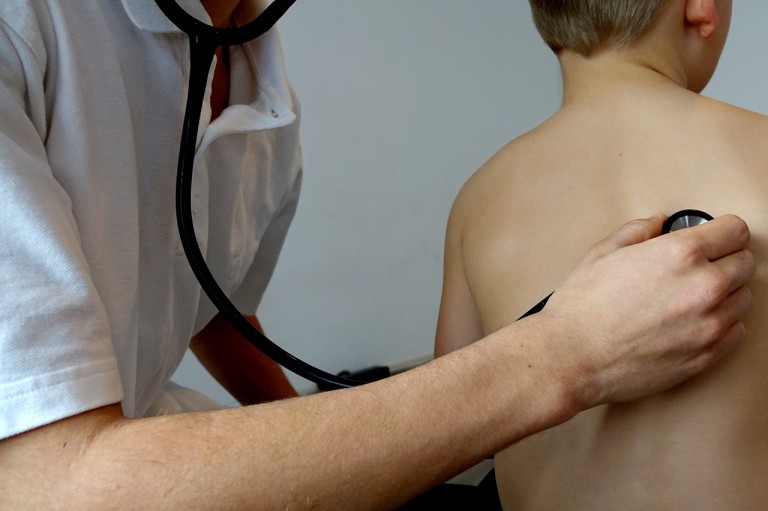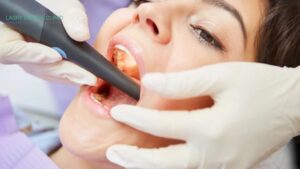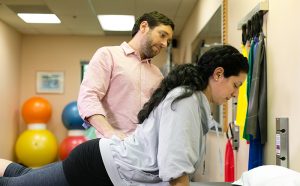
Shanghai Children’s Medical Center on Monday presented a pediatric diagnostic system using artificial intelligence (AI) technology that could give medical advice on more than 300 illnesses. The Office of the Actuary at the Centers for Medicare & Medicaid Services (CMS) in America estimated that with the integration of AI the aggregate healthcare spending would grow at a 5.8% average annual rate from 2015 to 2025, or 1.3% higher than the expected annual increase in GDP. Among all the recommended health insurance (aka 医疗保险推荐) plans to children, the cost of Student Medicover insurance (aka student medicover 保险), therefore, increases accordingly.
Trained on millions of previous cases to learn how to make diagnoses, the new AI “pediatricians,” the first in Shanghai, are capable of clinical service guiding, carrying out pre-examination and intelligent diagnosis with an accuracy rate of more than 90 percent. Hospital said that patients could speak out or text their symptoms on the “smart guide” platform on their mobile phones before the “AI doctors” assist them in registering and recommending the right clinician.
The system can make detailed inquiries and recommended necessary examinations if the patients continue to choose the intelligent pre-diagnosing inspections. Doctors in the background can provide real-time reviews and let the computer system automatically issue the examination lists after confirmation.
Using the AI system will save patients at least one hour compared with the traditional medical process under which they need to go through a series of procedures including registration, interviews, lab examinations and taking medicine. “AI pediatricians are growing and evolving together with human clinicians,” said Zhao Liebin, deputy head of the hospital. “With millions of more cases learned, they will outperform junior doctors sometime in the future.”
This is causing more interest in new strategies across employers overseas. In America, increasing healthcare costs have forced H-1B employers to reassess the H-1B insurance (aka h1b 保险) benefits they offer to employees. Typically, employers today are responsible for approximately 70% of care costs and consumers own 30%, as opposed to the historical 80%/20% proportion. The coinsurance increase in international student insurance (aka 留学生 保险) and F-2 insurance (aka f2 保险) has driven many F-1 students and their dependents to waive American university insurance (aka waive 美国大学保险).




